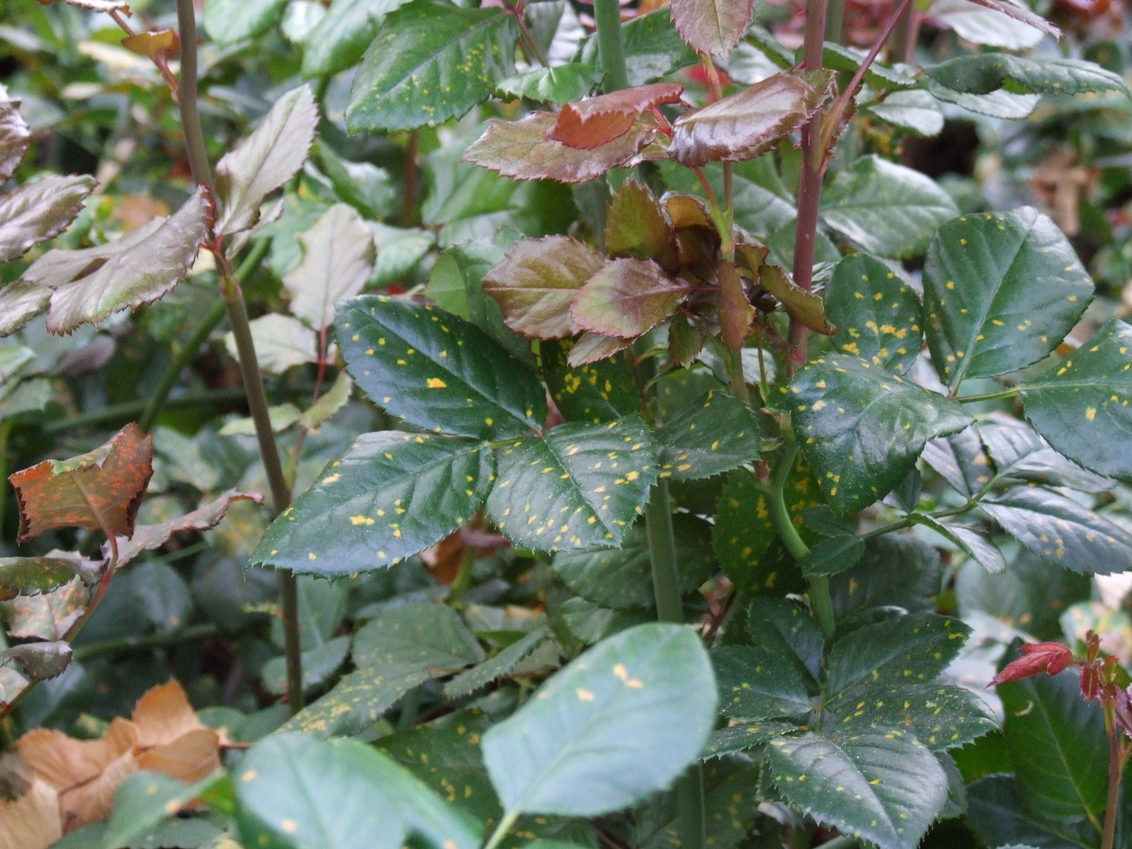Rusts under restraint

Rust diseases can strike at most times of the year but, like Botrytis and mildews which we featured in my last two blogs, they can be a particular problem in glasshouses and polytunnels during the colder months when it’s often a challenge to keep crops well ventilated and humidity under control.
Rusts are caused by a huge group of fungal pathogens. There are well over 150 genera, Puccinia being the most significant. Estimates of the number of species vary but run to many thousands. Most of them, however, are highly specialised, having evolved to grow on just one, or sometimes several, host plant species. They usually have highly complex life-cycles, needing two different host plant species to complete them in some cases and involving several different kinds of spores.
All, however, need humidity and wet leaves to spread and germinate; and all produce powdery survival spores in the characteristic ‘rusty looking’ pustules produced on leaves and stems.
One reason rusts are tricky to manage is that the pathogen can survive as symptomless infections for some time. With heuchera rust, for example, fresh pustules can erupt in autumn and early winter after regular fungicide programmes have finished. You should also watch out for pustules appearing in spring on previously healthy-looking overwintered plants.

What to look for
Symptoms between rust species can be variable, but small yellow spots on the upper leaf surface are generally the first sign, followed by the distinct orange or brown (in some instances yellow, white, pinkish or black) pustules underneath. In some cases, such as with bellis rust (Puccinia distincta), lesions appear on the flower heads; with poinsettia rust (Uromyces euphorbiae), the spore-producing pustules break out on both sides of the leaf.
The lesions merge as the infection develops, resulting in larger areas of dead tissue and eventually leaf distortion and leaf drop.
Cultural measures
Good cultural practice is the first line of defence – starting by sourcing cuttings, young plants and liners only from trusted sources – and end-of-crop or end-of-season hygiene is particularly important.
Ventilation and air movement prevent zones of high humidity, which favour the pathogen, building up in glasshouses and polytunnels. Adequate plant spacing helps too, especially in crops with relatively dense arrangements of foliage. If using overhead irrigation, morning applications give leaves time to dry so the crop isn’t sitting wet overnight.
Weeds can be alternate hosts for some rust fungi so make sure they are well controlled around the nursery, whether you’re growing under protection or outside.
Fungicides
Amistar (azoxystrobin) offers good preventive control of rusts, including when used in the very early stages of disease development, and is available for use on ornamentals under an extension of use (EAMU) authorisation.
It should be used as part of a resistance management programme that includes products with different ‘mode of action chemistry’. Rusts are among those pathogens which mutate readily so there is a high chance that resistance will evolve if you rely too heavily on just one or two modes of action.

